On the morning of March 24, at the Nam Giao Altar of the Ho Dynasty (Vinh Loc town, Vinh Loc district), the Ho Family Council of Thanh Hoa and the Ho Dynasty Citadel Heritage Conservation Center held an incense offering ceremony to commemorate the 602nd anniversary of the death of Emperor Ho Quy Ly (February 14, 1422 - February 14, 2024) and the 622nd anniversary of the Ho Dynasty establishing the Nam Giao Altar (1402-2024).

Delegates attending the ceremony.
In the solemn atmosphere of the ceremony, delegates reviewed the life, career and great contributions to the country of Emperor Ho Quy Ly.
Ho Quy Ly (born in 1336) in Dai Lai, Vinh Loc (now Ha Dong commune, Ha Trung district), was a talented and strong-willed person. In the spring of Canh Thin year (1400), Ho Quy Ly ascended the throne, changed the name of Dai Viet to Dai Ngu (meaning prosperous and flourishing) and took the reign name Thanh Nguyen.

Drum performance at the ceremony.
During his 2 years as Emperor and 7 years as Retired Emperor, Ho Quy Ly carried out a series of strong and comprehensive reforms in all fields of politics, military, institutions, economy, culture, society, criminal law... Many reforms are still valuable today.

Ritual at the Incense Offering Ceremony.
Two of the many marks that Ho Quy Ly and the Ho Dynasty left for posterity are the Ho Dynasty stone citadel built in Vinh Tien and Vinh Long communes (Vinh Loc), a solid citadel with unique stone architecture, the largest in Vietnam. The Ho Dynasty Citadel has been recognized as a World Cultural Heritage.

The Nam Giao Altar was built by the retired Emperor Ho Quy Ly and Emperor Ho Han Thuong in August 1402 at the foot of Don Son Mountain. The “Nam Giao” Altar means the ceremony to worship heaven and earth in the southern region of the capital. This was the most important religious structure of the Ho Dynasty - where the King annually performed a ceremony to pray for national peace and prosperity, or a ceremony on occasions of general amnesty.
After 622 years since the Ho Dynasty established the Nam Giao Altar (1402-2024), with many historical ups and downs, the Nam Giao Altar of Ho Dynasty Citadel is still one of the three altars that still retains a relatively intact surface, the oldest in the history of the Nam Giao Altar of Vietnam.

Delegates offer incense at the ceremony.
The memorial ceremony was held according to traditional rituals with incense offering, offerings to ancestors, and a memorial service on the 602nd anniversary of the death of Emperor Ho Quy Ly.
The ceremony took place in a solemn and sacred atmosphere, attracting descendants of the Ho family from many localities across the country, tourists and local people to participate.

Speaking at the ceremony, Mr. Ho Thanh Hai, Chairman of the Ho Thanh Hoa Clan Council affirmed: The ceremony to commemorate the 602nd anniversary of the death of Emperor Ho Quy Ly and the 622nd anniversary of the Ho Dynasty establishing the Nam Giao Altar has aroused the beauty of traditional Vietnamese culture, while contributing to educating the tradition of patriotism, national pride, enhancing the spirit of solidarity and reminding future generations to always remember a king who made many contributions to the cause of reforming the country.

At the ceremony, Thanh Hoa Traditional Arts Theater performed an art program recreating the life, career and contributions of Ho Quy Ly to his homeland and country.
To Ha
Source



![[Photo] Prime Minister Pham Minh Chinh chairs the Government's special meeting on law-making in April](https://vstatic.vietnam.vn/vietnam/resource/IMAGE/2025/4/13/8b2071d47adc4c22ac3a9534d12ddc17)

![[Photo] National Assembly Chairman Tran Thanh Man attends the ceremony to celebrate the 1015th anniversary of King Ly Thai To's coronation](https://vstatic.vietnam.vn/vietnam/resource/IMAGE/2025/4/13/6d642c7b8ab34ccc8c769a9ebc02346b)
![[Photo] National Assembly Chairman Tran Thanh Man attends the Policy Forum on Science, Technology, Innovation and Digital Transformation](https://vstatic.vietnam.vn/vietnam/resource/IMAGE/2025/4/13/c0aec4d2b3ee45adb4c2a769796be1fd)

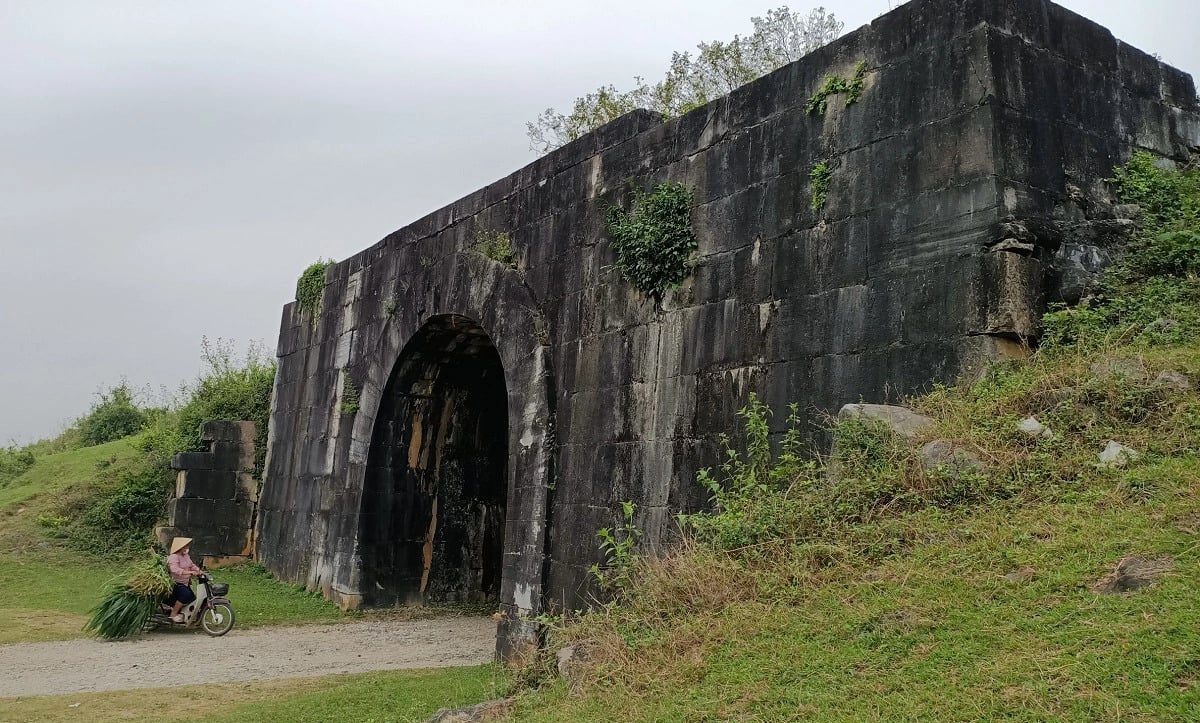


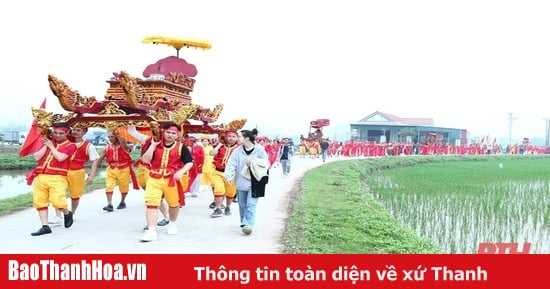
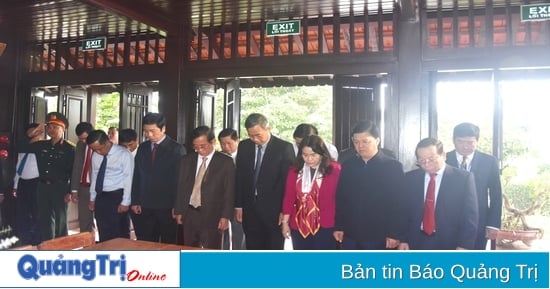
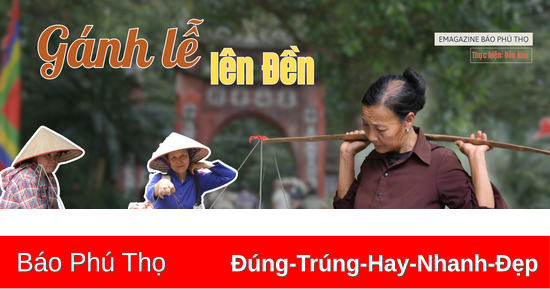
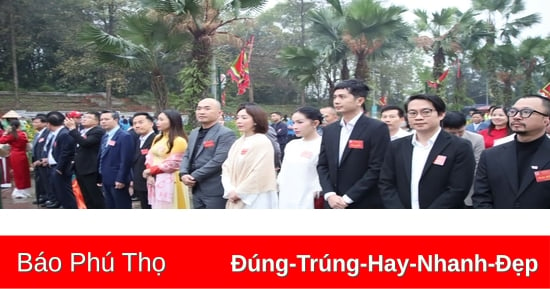
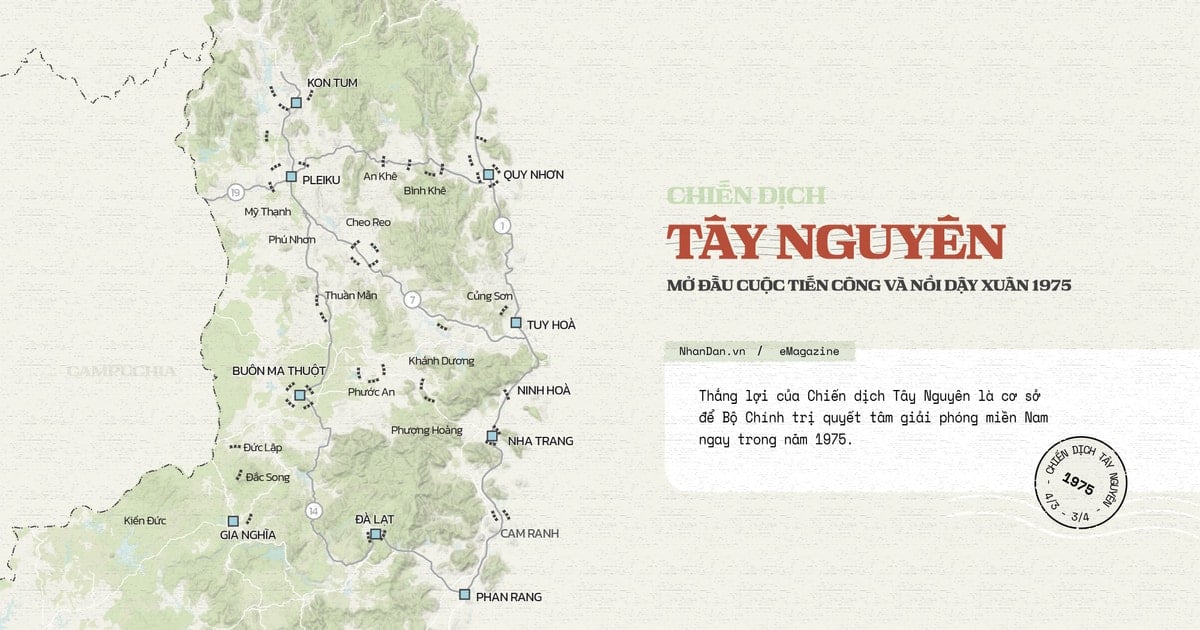
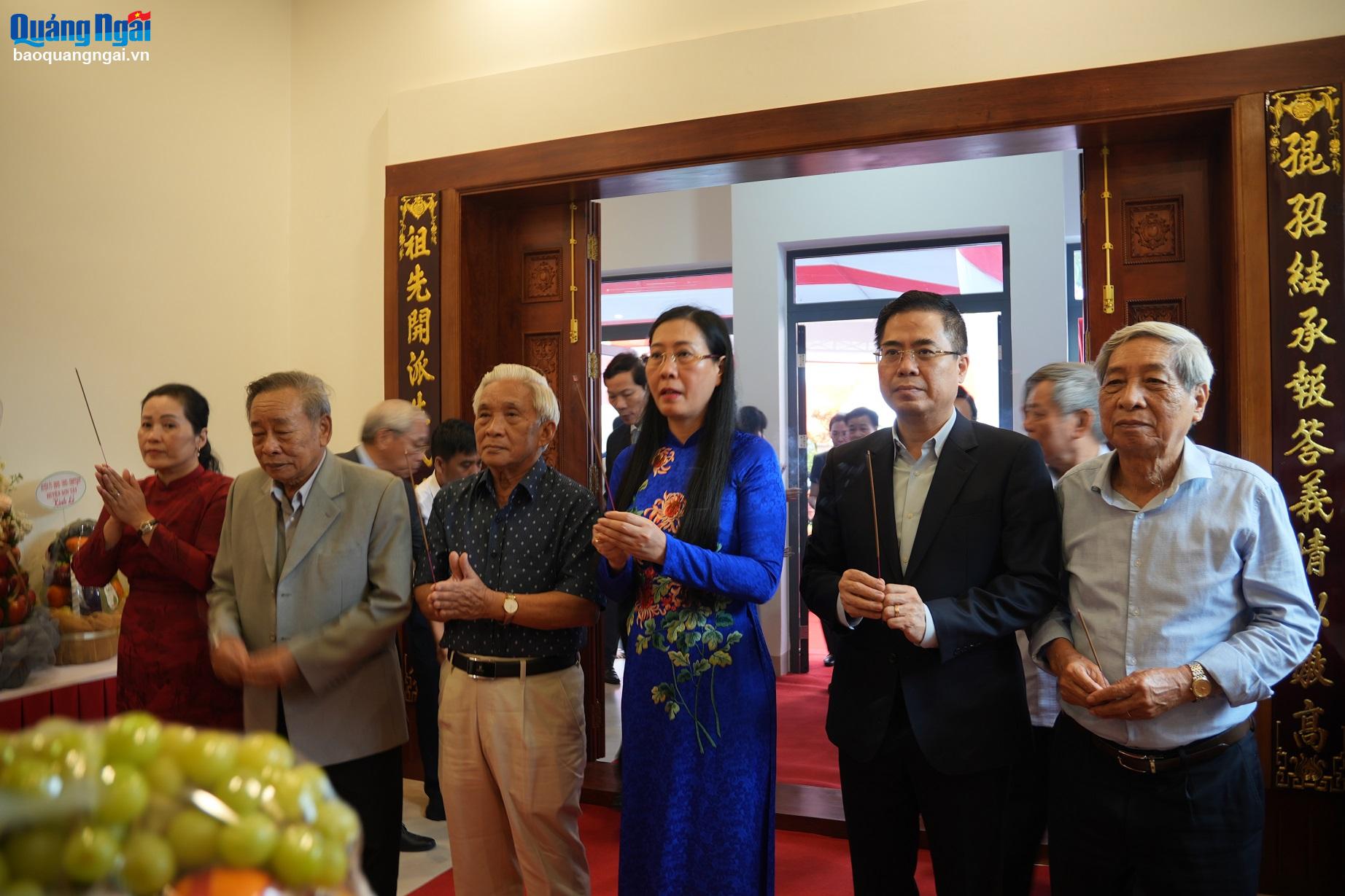


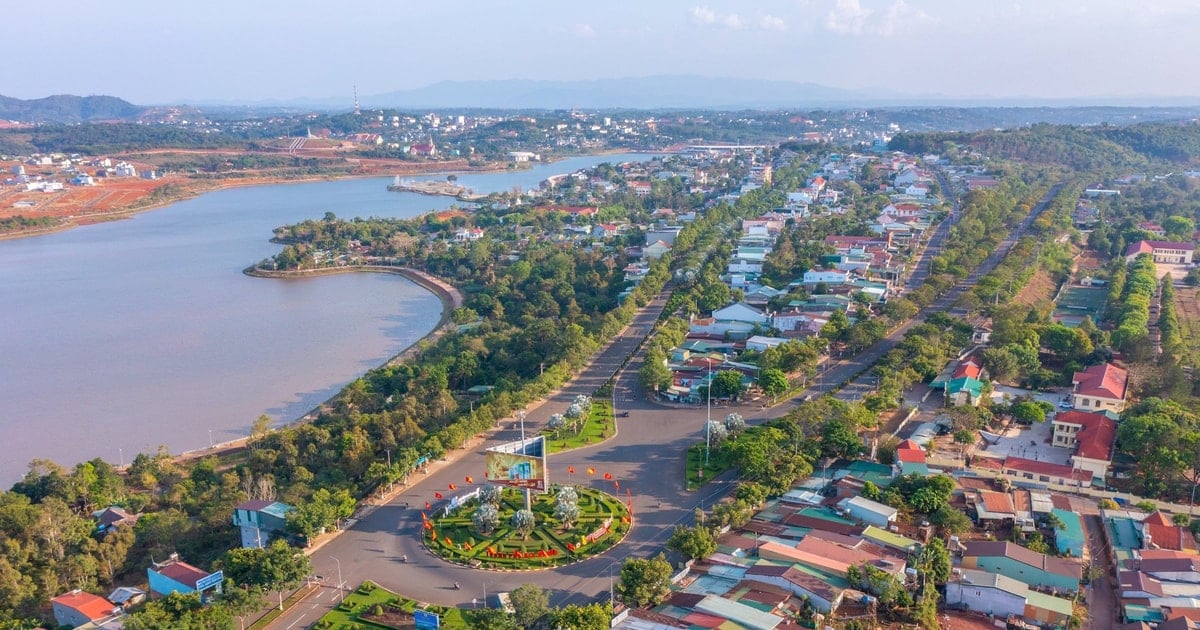
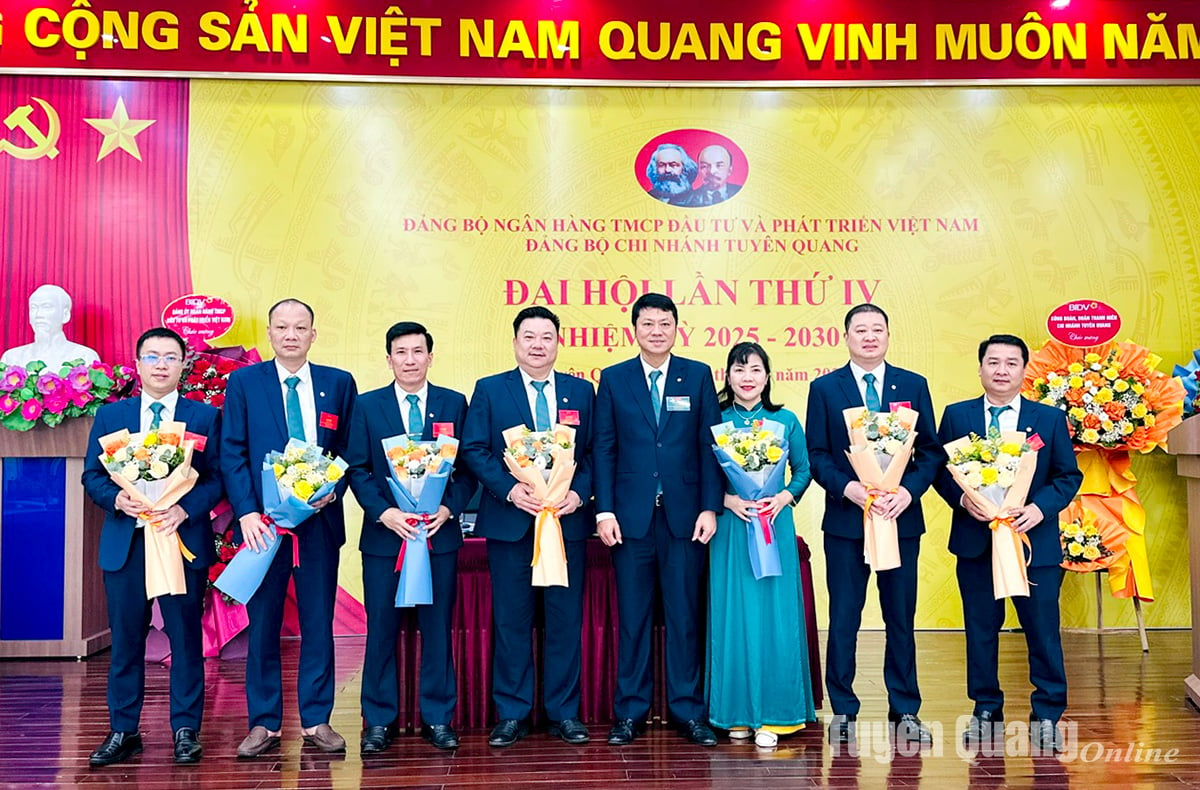
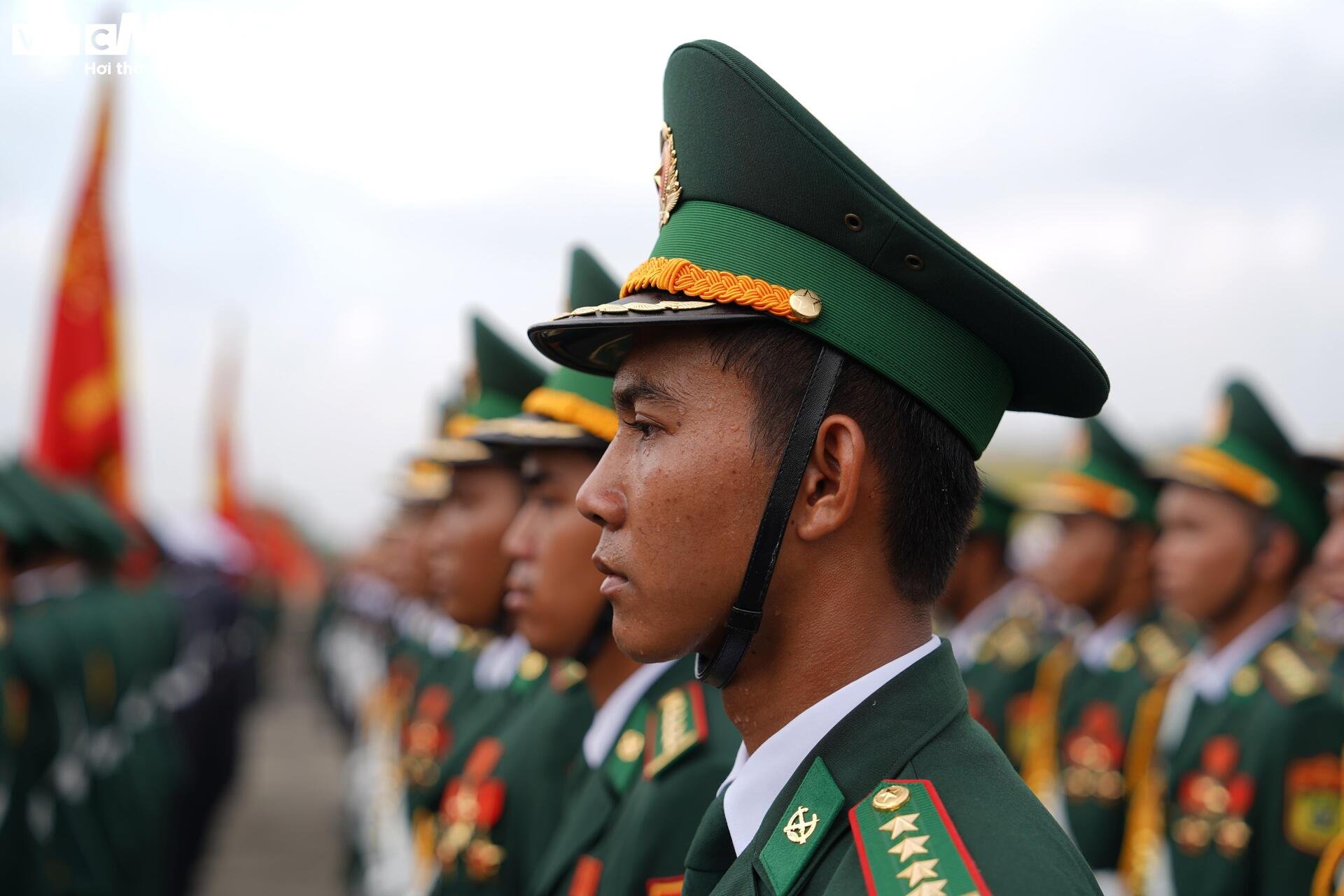


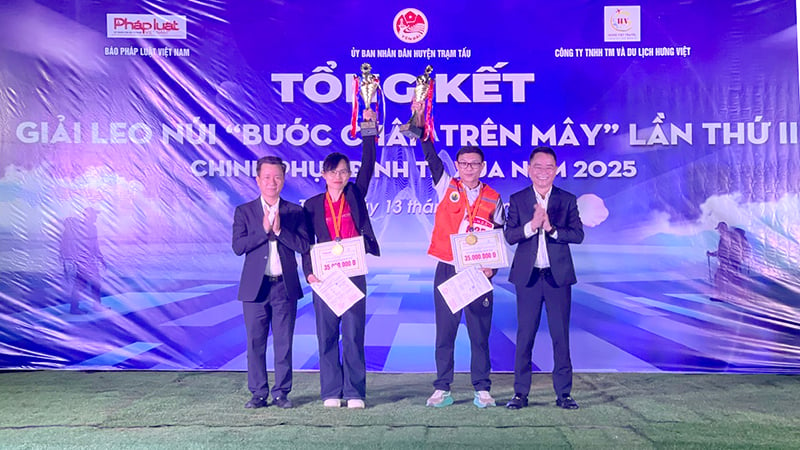

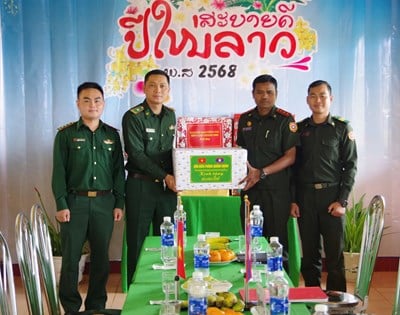
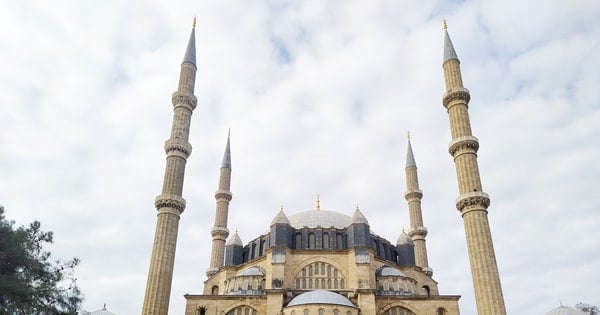
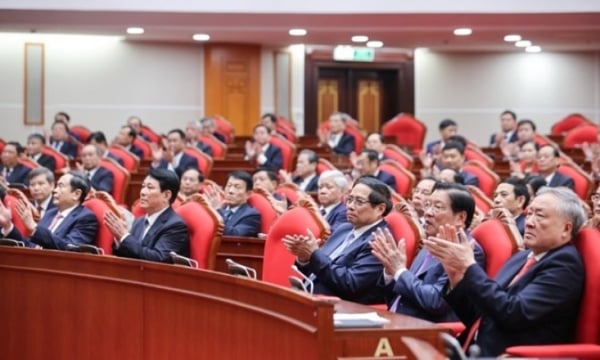

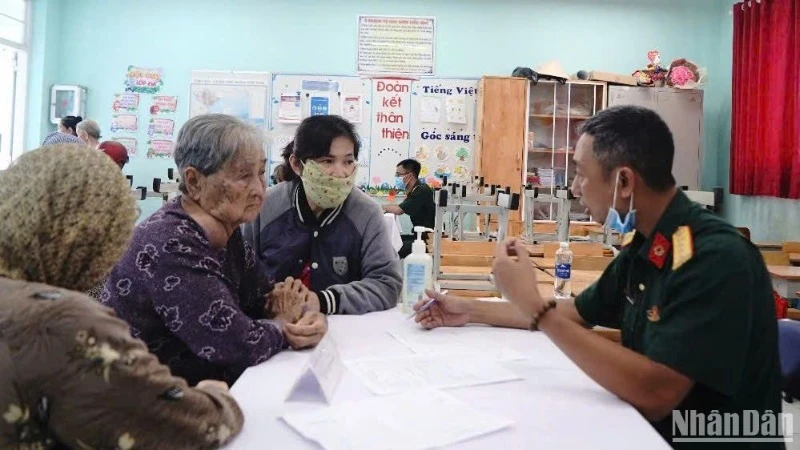








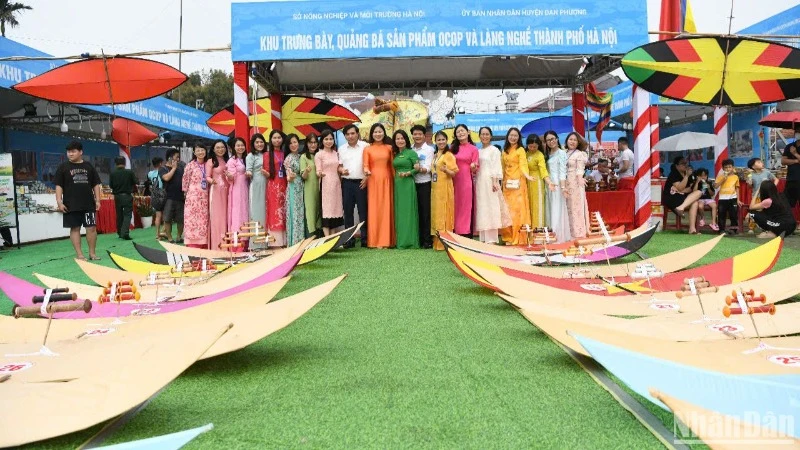



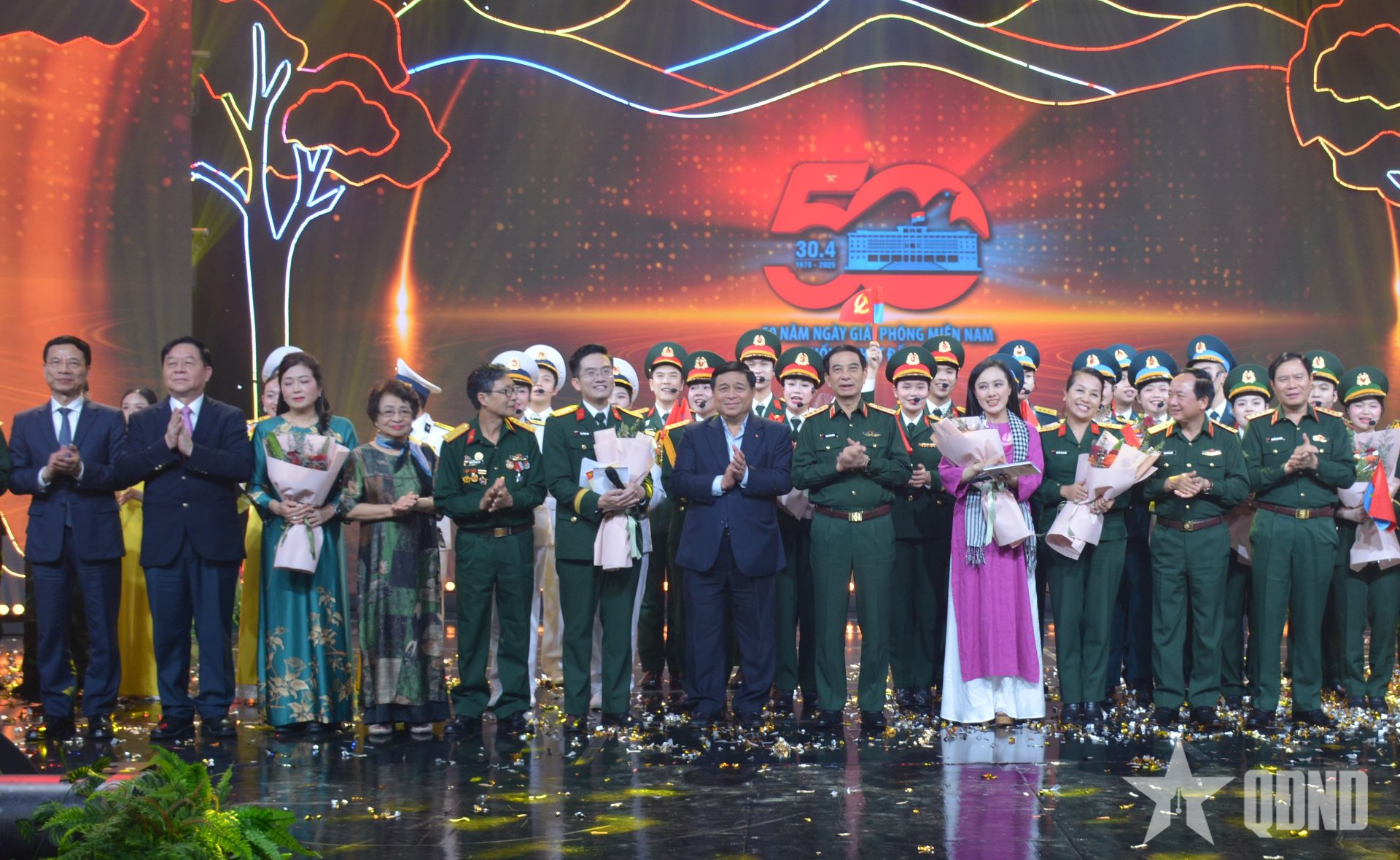

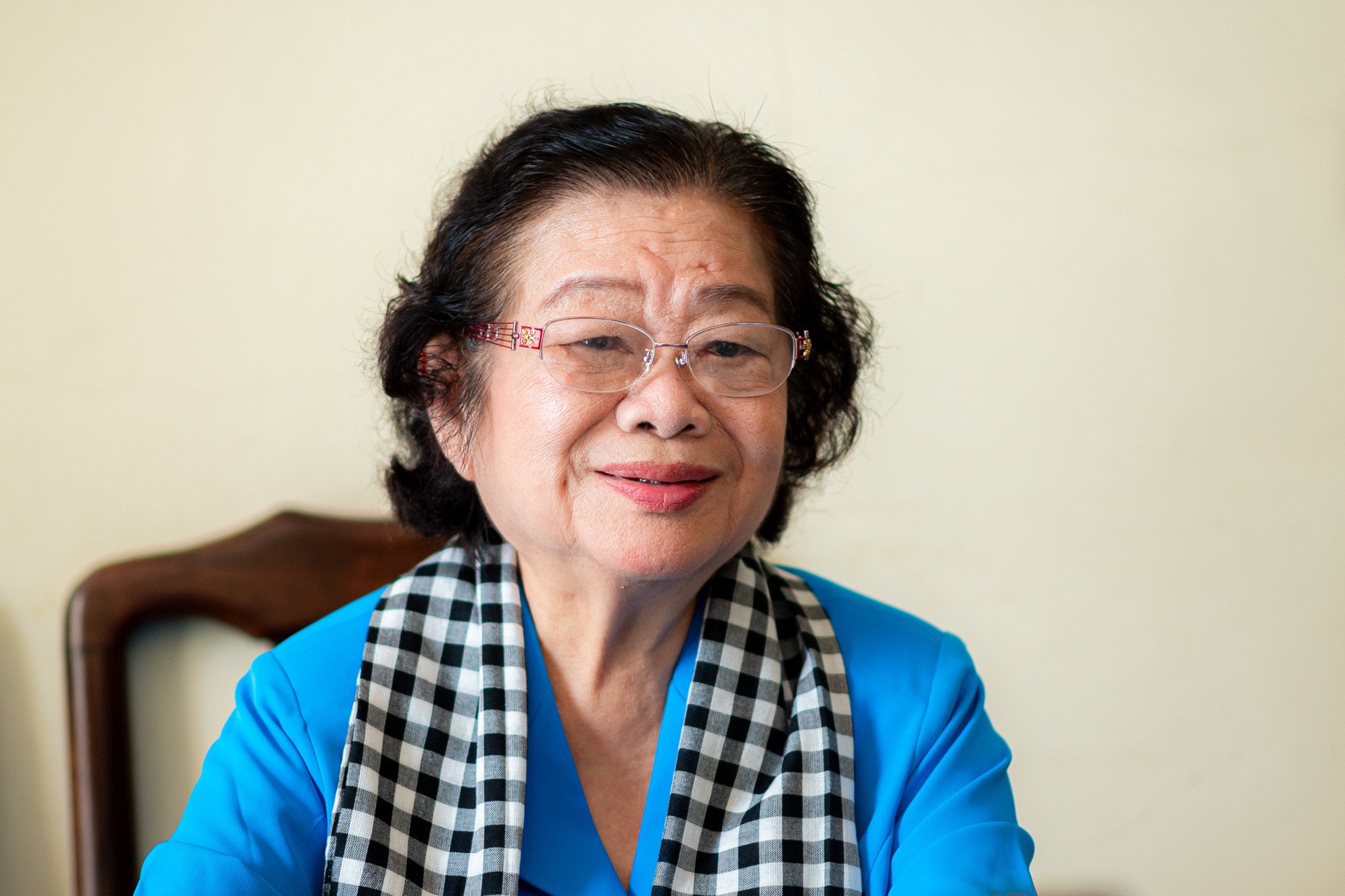



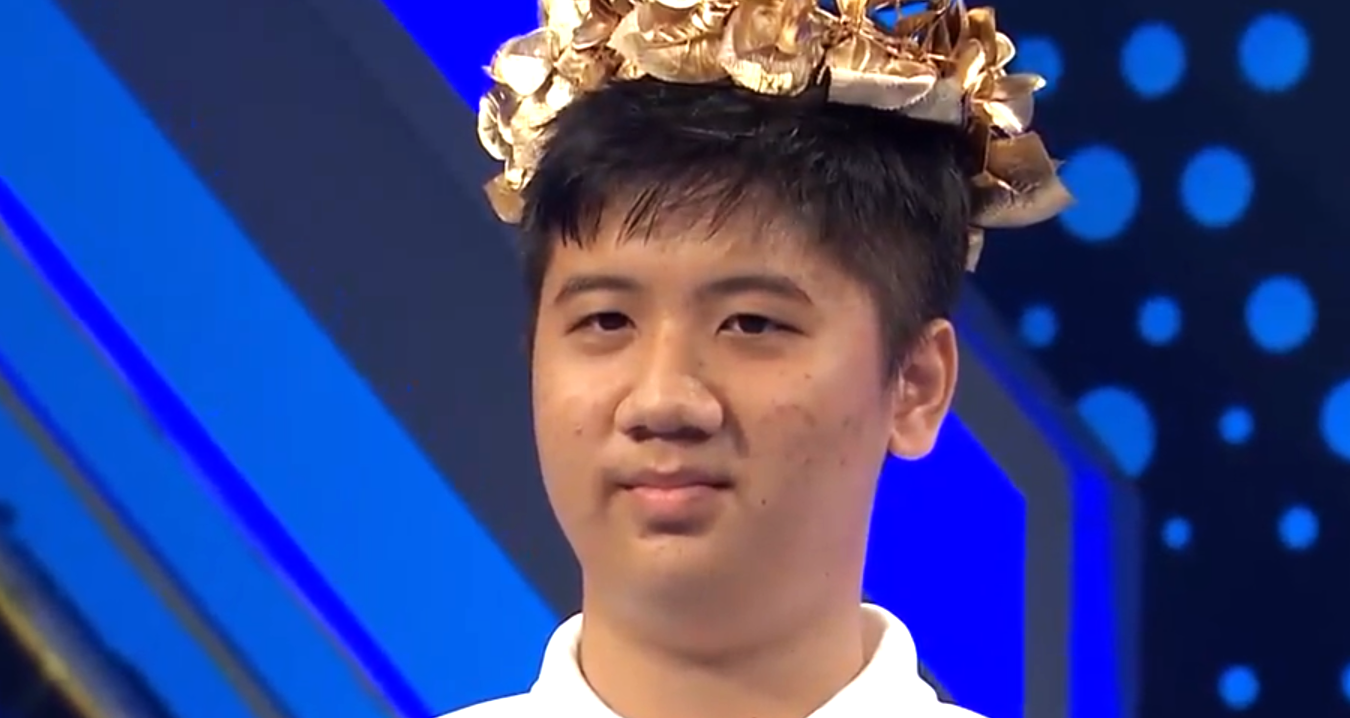


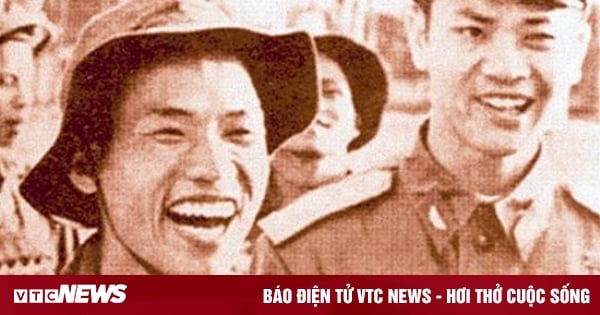









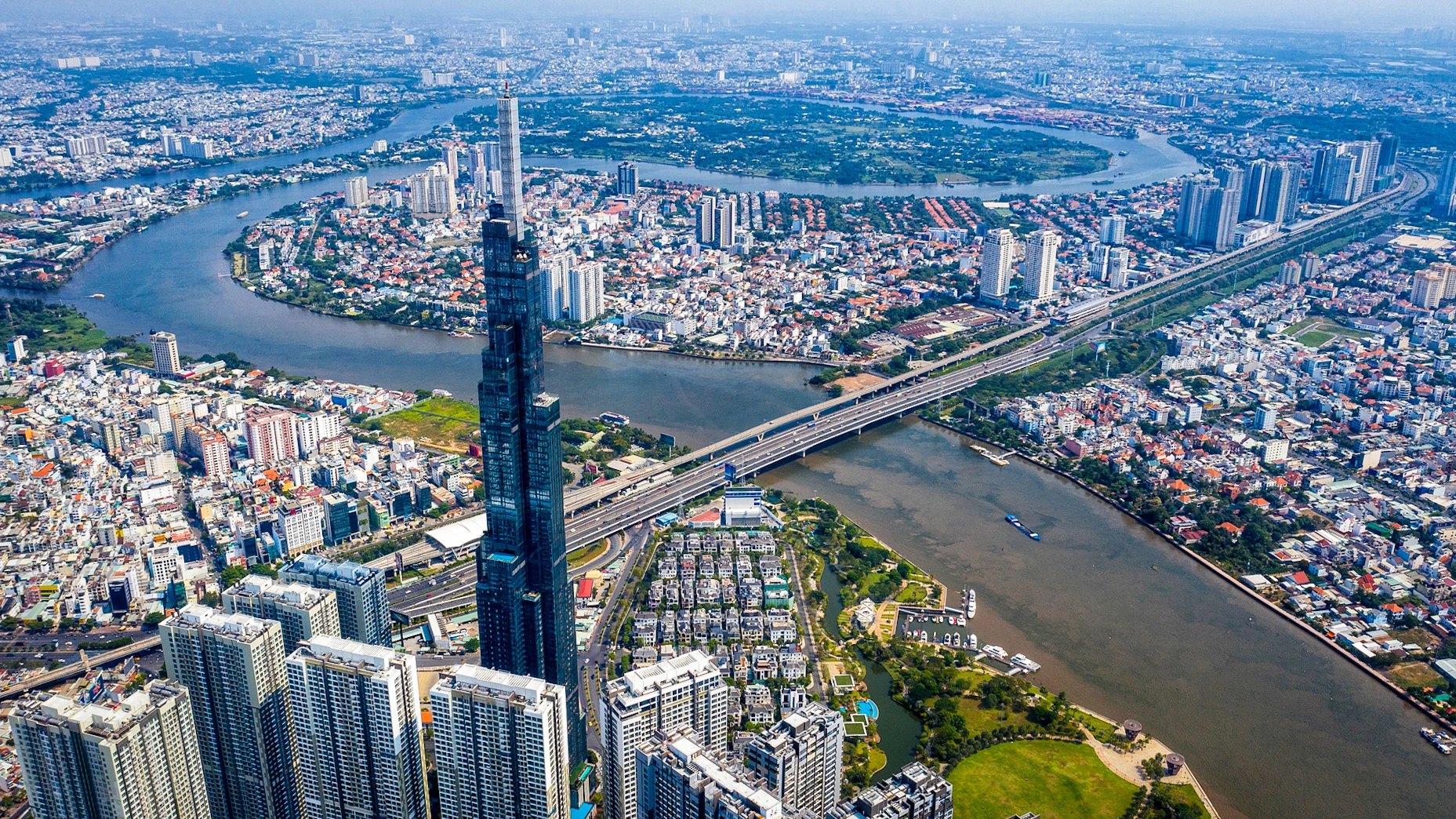

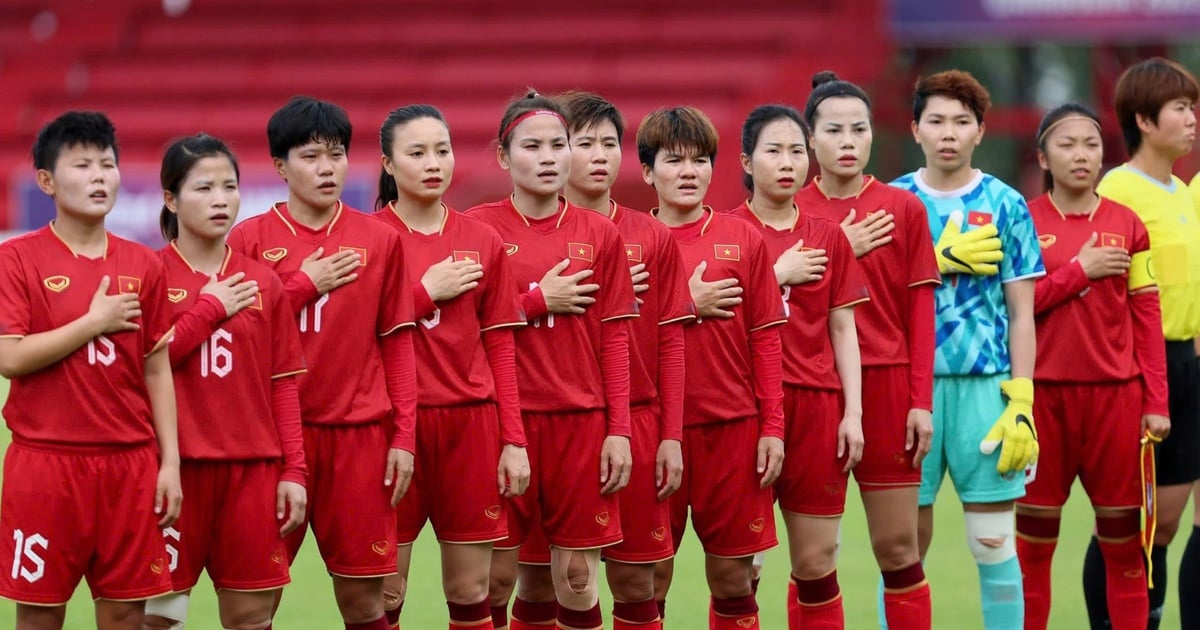


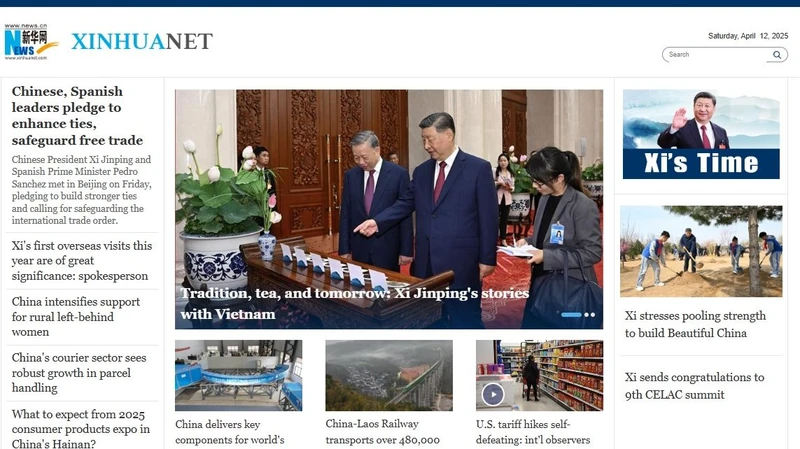
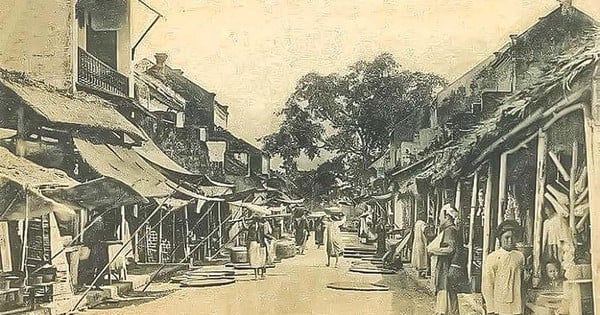

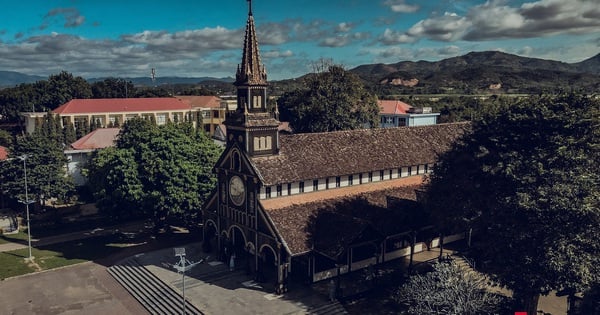

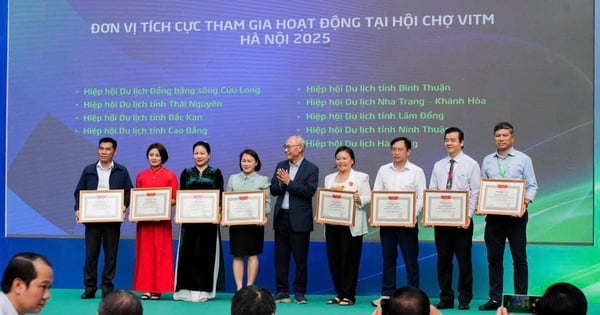






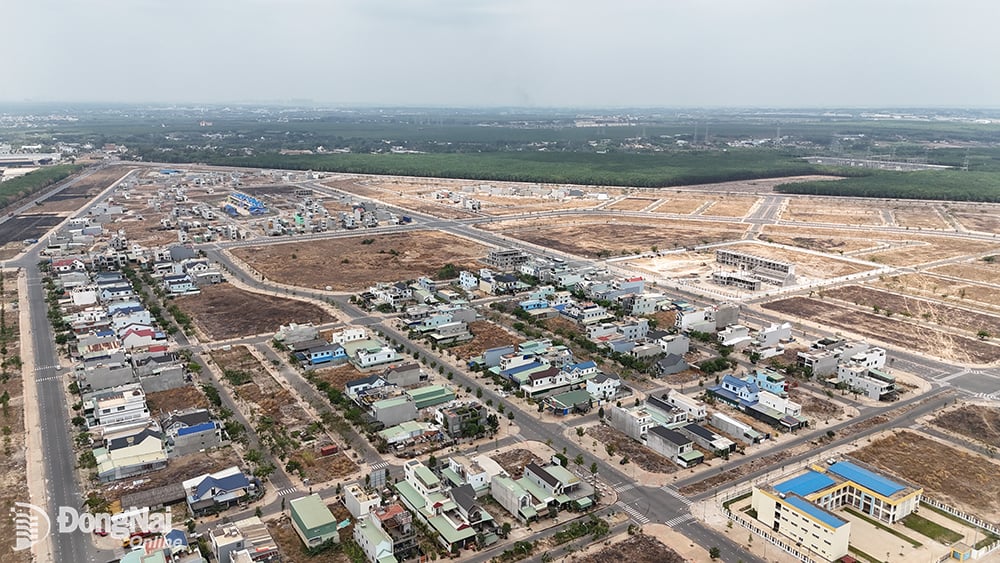

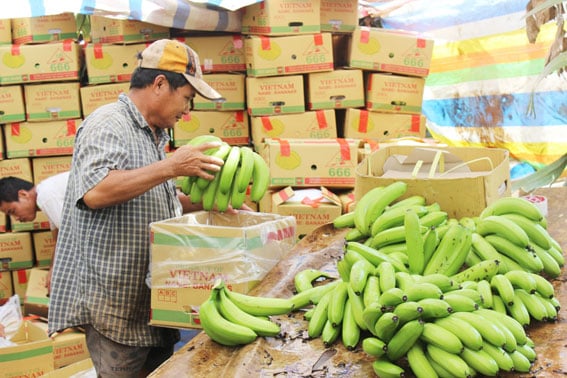











Comment (0)